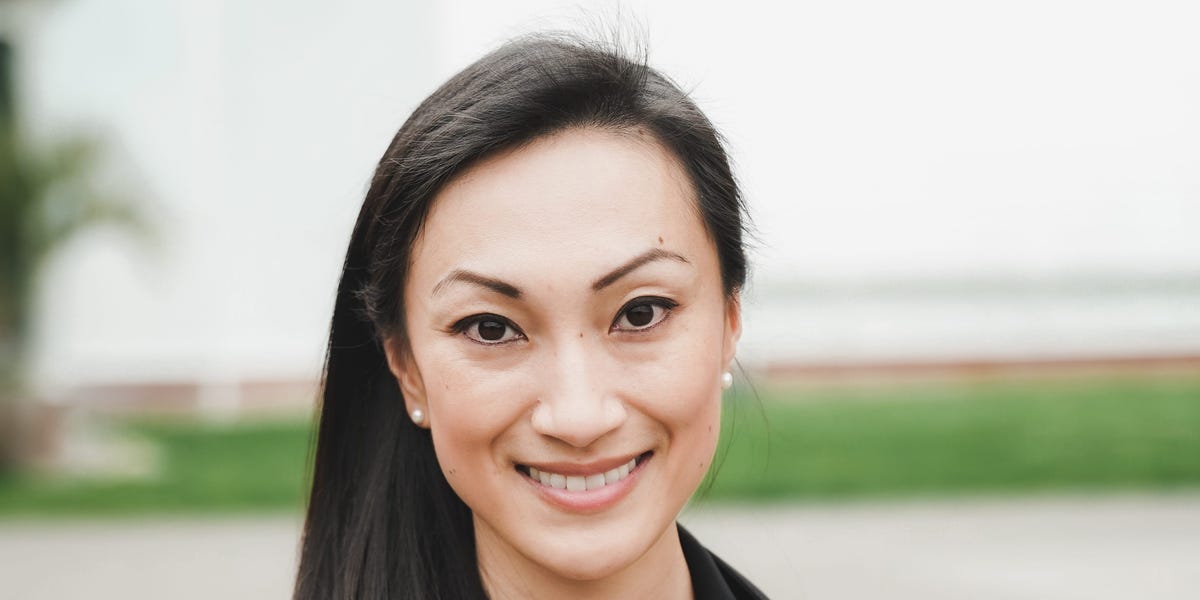[ad_1]

Mother’s Day marked the beginning of Women’s Health Week. While many use the week and this month to highlight the importance of women’s health, we feel it is also essential to shed light on how our country’s leading medical research establishment — and especially the funding behind it — routinely does not.
It was 30 years ago, in the National Institutes of Health Revitalization Act of 1993, that Congress mandated that the NIH include women and minorities as participants in clinical trials. Notably, there should be enough women and minorities “sufficient to provide for valid analysis of whether the variables being studied in the trial affect women or members of minority groups, as the case may be, differently than other subjects in the trial.” The hope was that by doing so, scientific research would better reflect and understand how males and females functioned biologically and how they differed with respect to medical conditions.
This transformation did not happen, though, as science did not change its belief that women were the same as men except for our reproductive capabilities. Through continuous advocacy and research discoveries, it was finally determined that it mattered. The NIH recognized the full importance of sex as a basic variable (SABV) to research in 2016, implementing a new NIH-wide policy — that required SABV to “be factored into research designs, analyses and reporting in vertebrate animal and human studies. Strong justification from the scientific literature, preliminary data, or other relevant considerations must be provided for applications proposing to study only one sex.”
Yet, despite these steps and the nearly 30 years of effort by women’s health advocates, there remains a glaringly persistent funding disparity in medical conditions affecting women most. In fact, just under 11 percent of the agency’s 2020 budget went to diseases and illnesses that affect the health of women.
We must insist that the NIH and the entire medical community do better than that.
Although medicine and science have long treated them otherwise, men and women — and the illnesses and conditions they experience — are not the same. As stated earlier, until far too recently, the default was to use a 154-lb. white male as the norm in biomedical research.
We have long known that biological sex, whether or not you are born with XY or XX chromosomes, makes an enormous difference in our lives from our gene expression to our hormones, organ function — and what organs we have (ahem, reproduction), how we metabolize drugs, our behaviors, what diseases we are most susceptible to, how serious they are and more.
Here’s just a sample of how that plays out, according to a report by the nonprofit Women’s Health Access Matters (WHAM): Nearly 40 million American women have an autoimmune disorder, like arthritis, accounting for 78 percent of all those who suffer from these conditions. Women are 50 percent more likely than men to die in the year after a heart attack. They are 66 percent of all Alzheimer’s patients and non-smoking women are twice as likely to get lung cancer than non-smoking men.
One in 5 women, compared to 1 in 16 men, suffer from migraine disease; women are twice as likely as men to be diagnosed with some form of depression; of the 10 million Americans with osteoporosis, 8 million are women; and certain cancers, like breast and ovarian, of course, almost exclusively affect women. Women also experience unique health conditions related to puberty, pregnancy, childbirth and menopause.
And when it comes to funding, much, much more is needed to balance the burden of disease with how much we spend studying them. According to The WHAM Report, just 7 percent of the NIH’s 2019 rheumatoid arthritis budget, which totaled $86 million in 2019, went to research focused on women and just 4.5 percent of the agency’s $444 million coronary artery disease budget was allocated that way. For Alzheimer’s and lung cancer, the NIH put just 12 percent and 15 percent of its research budget, respectively, toward women that year.
All of this is why research that accounts for sex differences is so critical and such results need to be appropriately analyzed and such analysis included in scientific publications. Otherwise, doctors are left to treat half the population with medicines or protocols we don’t actually know will work. Maybe they’re not able to treat them at all.
Sadly, even though almost 50 percent of participants in NIH-funded trials are women, more work is needed to even the playing field and in funding women’s health research. According to the WHAM report, male animals still outnumber female ones in pharmacological studies 5 to 1, animal studies of brain disorders using only males outnumber those that include females 5.5 to 1, and although heart disease is the leading cause of death for American women, only one-third of participants in those clinical trials are female.
Despite the NIH requirements on SABV, it is not clear how well this is enforced nor is the evidence showing up in published papers. The major medical journals — New England Journal of Medicine, Journal of the American Medical Association, Journal of Public Health and others — do not have a requirement that these analyses be included in the published work on trials using females and males. This is a major loss in scientific advancement and understanding of sex differences that would benefit the health of women as well as men.
According to a 2021 study in the Journal of Women’s Health, there are roughly three times as many diseases whose funding pattern favors males (the disease affects mainly women and is underfunded, or affects mainly men and is overfunded) as there are diseases whose funding pattern favors females. It also shows that the degree of funding bias for diseases that favor males is roughly twice as great as that for diseases that favor females.
In other words, wrote the author, Arthur Mirin, “NIH applies a disproportionate share of its resources to diseases that affect primarily men, at the expense of those that affect primarily women.”
This inequity has serious economic implications for our nation. In fact, WHAM found that investing $350 million into women’s health research generates $14 billion for our economy. Overall, they discovered that such investments yield greater returns than investments in general research.
Take, for example, three areas that disproportionately impact women — Alzheimer’s disease and related dementias, coronary artery disease and rheumatoid arthritis. If current NIH funding was doubled for research into these illnesses, the aggregate cost savings to society over 30 years would be $932 million, $1.9 billion and $10.5 billion for each condition, respectively.
So, what gives? These disparities can’t be allowed to persist. It is past time for the NIH to focus the power of its purse on the burden of disease more fairly. If we’re serious about women’s health this month — and, really, women’s health all the time — the NIH must start funding medical research more equitably. The reason is simple: Millions of lives depend on it.
Martha Nolan is a senior policy advisor at HealthyWomen. HealthyWomen works to educate women ages 35 to 64 to make informed health choices.
Copyright 2023 Nexstar Media Inc. All rights reserved. This material may not be published, broadcast, rewritten, or redistributed.
[ad_2]
Source link






